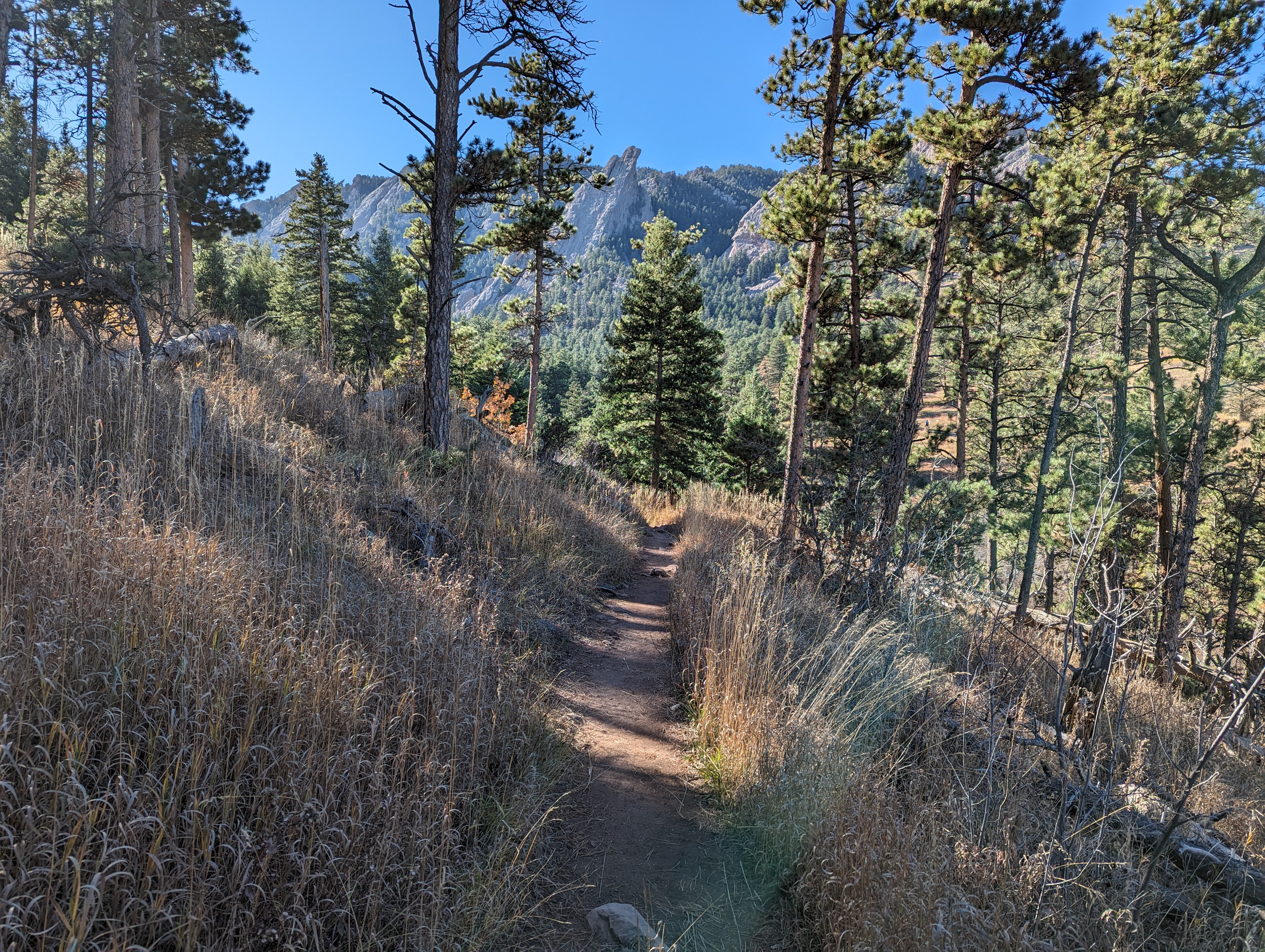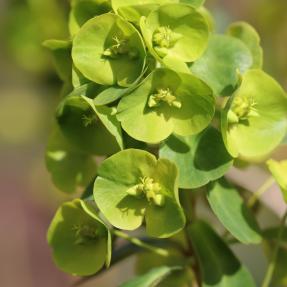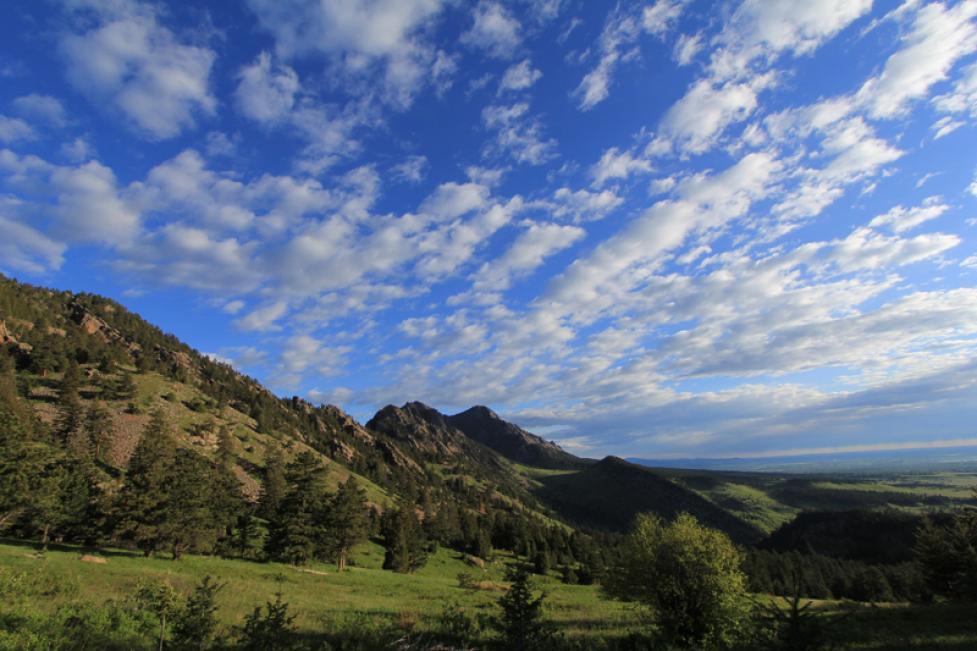April Hike of the Month - McClintock Trail

Upper McClintock Trail view

If you love spring flowers, try the upper part of McClintock Trail for its fantastic variety. Download our Wildflower Brochure or pick up a free copy at the Chautauqua Ranger Cottage. Look for Salt and Pepper, a tiny plant with finely divided leaves and a grayish-white crown of little blossoms suggestive of cauliflower. Also look for Spring Beauty, a small white or pale pink flower with five petals. Oregon Holly Grape is a short shrubby plant with prickly leaves like holly. Its large clusters of lemon-yellow flowers give off a pleasing odor. Rocky Mountain Candytuft is a dainty flower growing along the trail's edge. Its pure white flowers have four little petals arranged like a small cross. However, the stars of the McClintock wildflower show are the Pasque Flowers (see photo). Look for these large pale lavender flowers close to the ground among pine needles along the uppermost parts of the trail. Help us protect flowers. Please never pick them, and observe them only from the trail.
April Showers, Muddy Trails
Rain and melting snow turn many OSMP trails into sticky oatmeal. At this time, some of our visitors are tempted to step outside the trail tread to avoid the mud. Please resist the temptation! Walking around the muddy patches causes the trails to widen gradually, or "braid" into many parallel trails. This damages the plant life that grows at the trail's edge and causes serious erosion. It also adds to the difficulty and cost of maintaining the OSMP trail system. You can wash your clothes, but the damage done by off trail hikers may take years to heal. So please: Get muddy! Check for muddy trail closures before your hike.
Drumming Flickers
BRRRRRRRRRRRRRR! Have you ever been awakened on an April morning by the sound of a flicker hammering noisily on your metal stove pipe? Don't take it personally: the birds are just trying to warn other flickers away from their territory and perhaps call to their mates. They are not trying to get extra iron in their diet!
Northern Flickers are woodpeckers, and advertise their presence with loud, rapid drumming on a tree branch. The birds have also discovered metal chimneys, metal or plastic gutters, television antennas and light posts because these materials produce loud, hollow sounds that echo all over the neighborhood. This is good for flickers, but annoying to their human neighbors. Drumming is most common during early morning and late afternoon, and usually ends by July 1.
Flickers also peck on trees to carve out nest cavities, and to find insects hidden under the wood surface. This pecking is much slower (perhaps two blows per second) than the staccato territorial drumming. If you're lucky, a pair of flickers may dig a nest hole in a tree close to your home. It's fun to watch parents return to the nest, and to see the young finally emerge from the nest cavity. Flickers readily nest in artificial nest boxes, which you can buy at local bird supply stores or make yourself from plans on the internet.

Myrtle Spurge - a Brutal Beauty
During April, the cheerful yellow flowers of Myrtle Spurge, or Donkeytail Spurge, begin appearing in gardens all over Boulder. This plant is one of the state's most invasive noxious weeds. Its cultivation is illegal in Colorado and citizens in Boulder should remove it, or could face a fine. This insidious pest creeps from home gardens onto Open Space land, where it is nearly impossible to eradicate. If you want to help Colorado's ecosystems, start by removing any traces of Myrtle Spurge from your property-- but wear gloves. The plant produces a very toxic latex sap which can burn skin and cause agony if accidentally rubbed into the eyes.
Going Native
Once you have ripped all the Myrtle Spurge out of your garden, you can learn how to garden with Boulder's native wildflowers. There are many local species that make fine additions to your yard: ground cover, large blossoms, shrubs and trees. They have been growing in this climate untended for thousands of years, so they easily shrug off the worst weather Boulder can dish up. Drought? No problem. OSMP staff who have gone native in their own gardens have created an extensive plant list with species-specific growing tips. Dare to go native.
The Last Word
“In the spring, at the end of the day, you should smell like dirt.”
― Margaret Atwood
